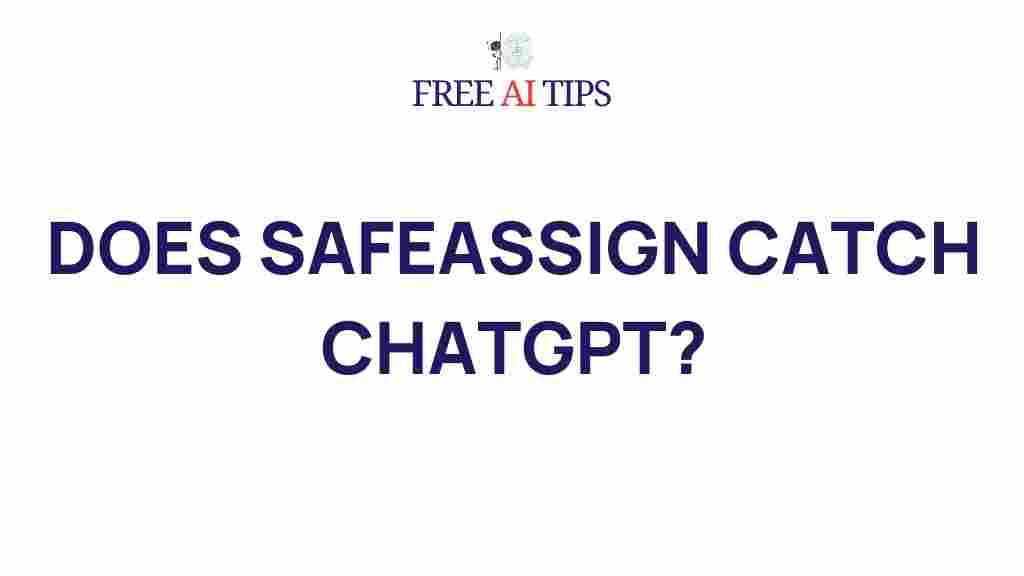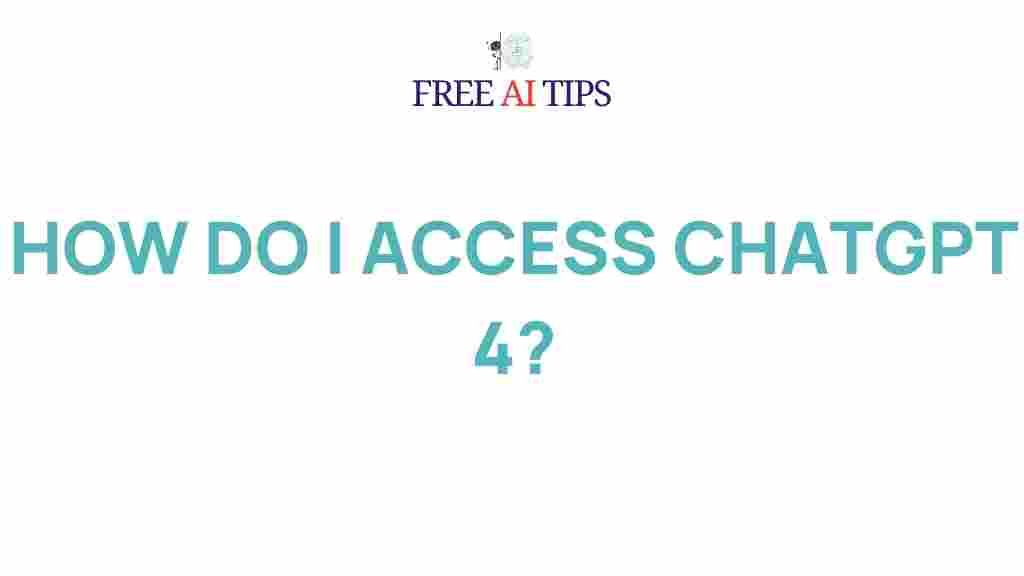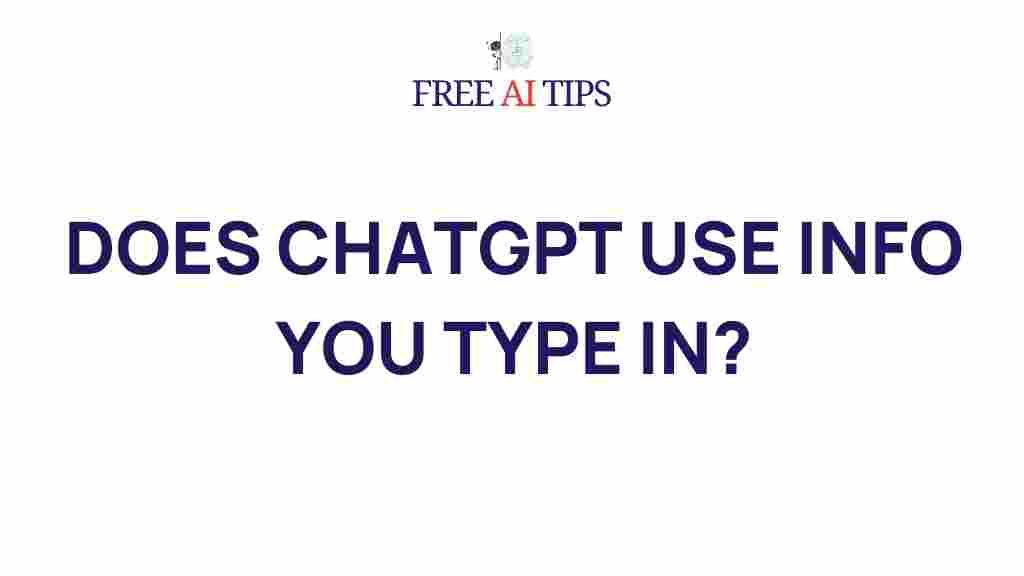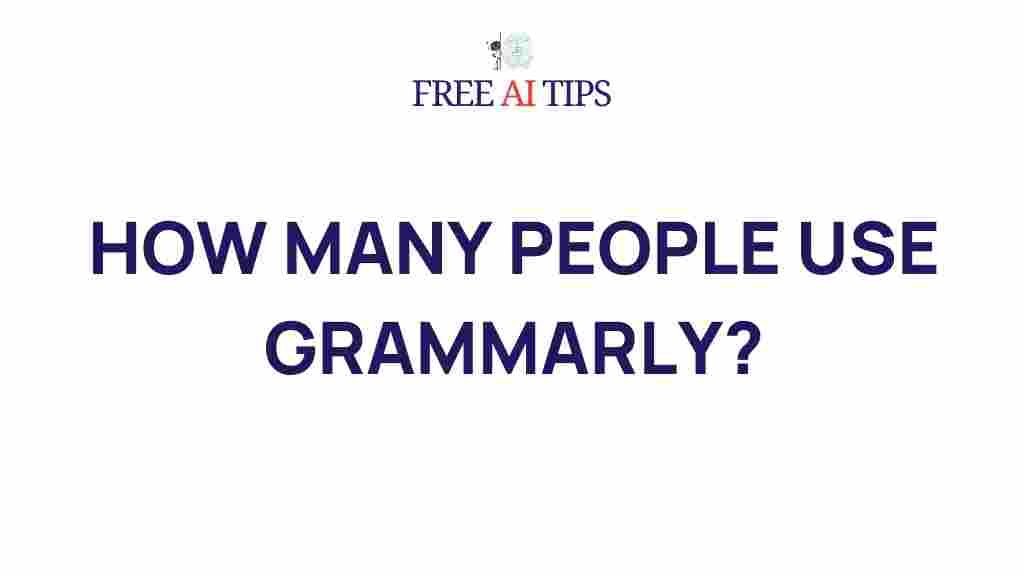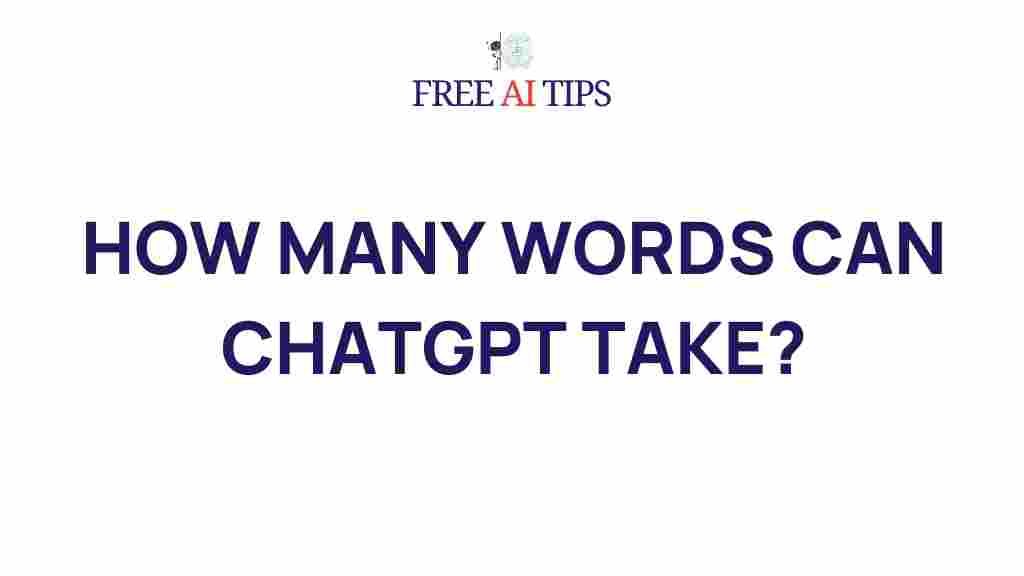Understanding SafeAssign: Can It Detect ChatGPT?
As technology advances, so do the methods used to detect academic dishonesty. One of the most widely used tools in the educational sector is SafeAssign. SafeAssign helps educational institutions identify instances of plagiarism by comparing student submissions with various databases, including academic papers and online content. But as artificial intelligence tools like ChatGPT gain popularity, an important question arises: Can SafeAssign detect text generated by ChatGPT? In this article, we’ll delve into the functionalities of SafeAssign and explore how it interacts with AI-generated content like ChatGPT.
What is SafeAssign?
SafeAssign is a plagiarism detection tool developed by Blackboard, a popular learning management system used by many educational institutions around the world. It works by comparing a student’s work against a vast database of existing content, such as academic papers, articles, and previously submitted assignments, to identify potential instances of plagiarism.
SafeAssign uses several techniques to detect similarities in content, including:
- Database Comparison: SafeAssign checks the student’s work against a comprehensive database that includes millions of academic papers and articles.
- Internet Search: The tool also compares student submissions to publicly available content on the internet.
- Institutional Database: Each institution that uses SafeAssign can create a proprietary database of submissions that SafeAssign can also compare against.
When the tool finds a match, it generates a report showing the percentage of similarity between the student’s work and the sources in its database. This helps educators determine whether a submission is original or plagiarized.
How Does SafeAssign Detect Plagiarism?
SafeAssign uses a combination of advanced algorithms and databases to perform plagiarism checks. Here’s how it works:
- Textual Comparison: SafeAssign scans the student’s text and compares it to a database of academic papers, articles, and web content. If the tool finds text matches or closely paraphrased sections, it flags these as potential plagiarism.
- Database Matching: The tool compares the student’s work to previously submitted assignments within the same institution or to academic papers from other institutions.
- Report Generation: After scanning, SafeAssign generates a report indicating the percentage of similarity and highlights any matching sections, providing instructors with a detailed analysis of potential plagiarism.
Can SafeAssign Detect ChatGPT-Generated Text?
With the rise of AI-generated content, such as text created by OpenAI’s ChatGPT, many students are turning to these tools for help in writing assignments. But can SafeAssign detect ChatGPT-generated text? The answer isn’t as straightforward as you might think. Here are the main factors that influence SafeAssign’s ability to detect AI-generated content:
1. Originality of ChatGPT Text
One of the most important factors in determining whether SafeAssign will detect ChatGPT-generated text is the originality of the content. ChatGPT generates text based on a large corpus of data, but it doesn’t directly copy from any one source. Instead, it creates unique sentences by predicting the most likely sequence of words based on the input provided. As a result, SafeAssign may not detect the text as plagiarized, because it doesn’t match specific sources in its databases.
2. Database Limitations
SafeAssign primarily relies on existing databases of academic papers, articles, and previously submitted assignments to detect plagiarism. If the text generated by ChatGPT hasn’t been published or submitted before, it won’t be found in SafeAssign’s databases. Therefore, even if a student uses ChatGPT to write an essay, SafeAssign may not be able to flag the content, simply because it doesn’t match any known source.
3. Paraphrasing and Rewording
AI-generated content, like that produced by ChatGPT, is often paraphrased or reworded to produce unique outputs. This level of rephrasing can make it more difficult for plagiarism detection tools to recognize AI-generated text as copied from other sources. ChatGPT doesn’t replicate text directly from the web but rather generates new sentences based on patterns, which makes it harder for SafeAssign to identify as plagiarized.
4. Detection of Style and Structure
Although SafeAssign focuses primarily on matching text against databases, it doesn’t yet have the capability to detect the writing style of AI-generated content. ChatGPT produces text that may be highly coherent and grammatically correct but lacks the subtle nuances of a student’s personal writing style. However, this is an area where future advancements in AI detection may focus, as researchers are looking into developing tools that can recognize AI-generated patterns in writing style.
Step-by-Step Process: Using SafeAssign to Check for Plagiarism
If you’re a student or educator using SafeAssign, here’s a step-by-step guide on how the process works:
- Submit the Assignment: The student submits their assignment through their learning management system (LMS), such as Blackboard.
- Run the Plagiarism Check: Once the assignment is submitted, SafeAssign automatically checks it against various databases to identify any potential instances of plagiarism.
- Review the Report: After the check is complete, SafeAssign generates a report that highlights any sections of the text that match with other sources. The report will show the percentage of similarity and link to the original sources.
- Instructor Review: Educators can review the SafeAssign report and make a judgment on whether any flagged content constitutes plagiarism.
- Feedback and Grade: Based on the SafeAssign report and their review, the instructor provides feedback to the student and assigns a grade.
Troubleshooting Tips for SafeAssign
While SafeAssign is a powerful tool, there are a few things to keep in mind when using it to ensure accurate results:
- Ensure Proper Formatting: Submitting your assignment in the correct format (e.g., Word, PDF) helps SafeAssign analyze the text more effectively. Some file types may cause issues with text extraction.
- Review Similarity Reports Carefully: Don’t jump to conclusions based on a high similarity percentage. The report may highlight common phrases or citations that are not actually plagiarized.
- Avoid Excessive Quoting: While quoting is allowed, too many quotes or improperly cited content could be flagged. Ensure that all quotes and references are properly formatted.
- Check Your Work Before Submission: It’s always a good idea to run your work through a plagiarism checker, like SafeAssign, before submission to ensure it’s original and properly cited.
Conclusion
In conclusion, while SafeAssign is a reliable tool for detecting traditional plagiarism, its ability to identify AI-generated content, such as that produced by ChatGPT, is more limited. Since ChatGPT generates unique text that may not match any existing sources, SafeAssign might not flag it as plagiarized. However, as AI technology continues to evolve, so too will the tools designed to detect it. It’s essential for students to ensure their work is original and properly cited to avoid academic dishonesty, whether it’s written by hand or generated by AI.
If you’re interested in learning more about plagiarism detection tools and how they work, check out this external resource for further information.
For more details on how SafeAssign works within Blackboard and how to best use it, refer to this helpful guide.
This article is in the category Guides & Tutorials and created by FreeAI Team
